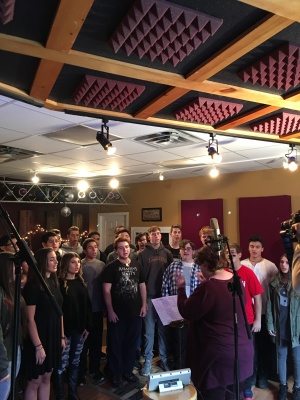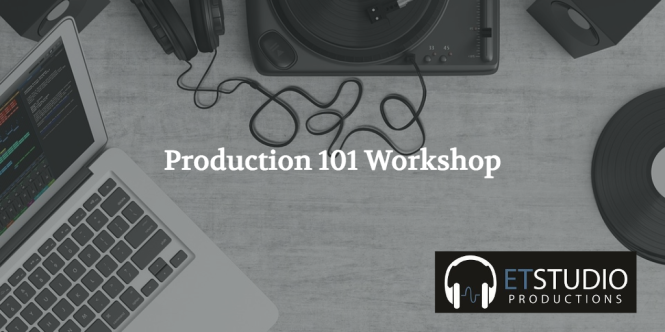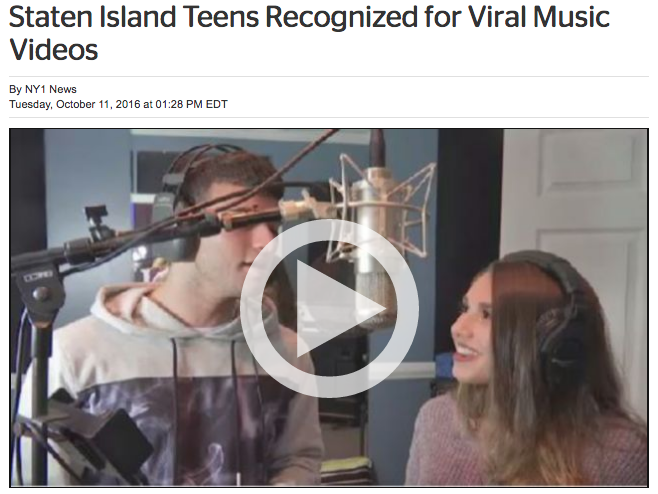
Photo by Tom Barrett on Unsplash
Ever wondered what makes a hit ballad a hit? Sure, the singer has to kill it, and the right arrangement helps too. But what made songs like “I Will Always Love You” and “My Heart Will Go On” kick serious butt on the Billboard charts?
A major player in this game is the placement of the highest note in the song. When writing a song, sometimes where the highest note ends up is natural. It just kind of flows as you’re writing the melody. Other times, when trying to write the next big hit, where it’s placed is very strategic. Let’s examine this idea a bit more in depth.
Since we’ve already mentioned it, let’s look at “I Will Always Love You”—an epic ballad written by the epic songwriter Dolly Parton and made popular by the epic singer Whitney Houston. (RIP, girl.)
If you examine the melody of the verses, it teases reaching the highest note in the song. But Whitney doesn’t get there until the chorus. Let’s look at the song in the key of A.
Here’s the highest note in the first verse:

And then, the fabulous chorus hits and Whitney lets loose those beautiful high notes that the verse hinted at:

And then there’s the modulation that happens at the end of the song, but we’ll leave modulation for another blog post.
Now, let’s look at “My Heart Will Go On” in the key of E. Here’s the first verse that hovers around the root note, E:
 And then the chorus takes us for a ride up the melody roller-coaster:
And then the chorus takes us for a ride up the melody roller-coaster:

Notice the jump in the melody here when songwriter Diane Warren has Celine Dion sing “wherever.” It’s an entire octave, which brings out the high note — a feature that doesn’t appear in “I Will Always Love You.” If you’re a belter and a songwriter, consider working this into your melody in the chorus.
Here are some other places high notes do (and should!) show up
- When singing the word “high”. This seems silly, but it makes perfect sense. Try shaking your head “no” while saying the word “yes.” Tough, right? Why sing the word “high” on a low note? Consider the song “High and Dry” by Radiohead. Thom Yorke gets way up there when he sings the word “high.” It happens to be in the chorus, but perhaps in your song it happens elsewhere. Consider using this idea when singing other “high” words like “top” or “above.”
-
- At the end of the bridge leading into the chorus. The bridge is the place where you build the tension as we wait for the chorus–getting us ready for the “drop.” Consider Kesha’s comeback hit “Praying.” I mean, holy cow is that note at the end of the bridge amazing! You don’t even realize the chorus came back to hit you in the face while you’re listening to her belt out that Mariah Carey-esque note. Again, if you’ve got that range as a singer, go for it in your songwriting!
I hope I’ve given you some ideas and inspiration for the placement of your high note. I wish you a lack of writer’s block and a pen that flows easily.
Until next time!
xo
Laura.









